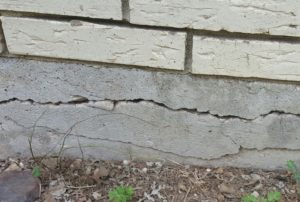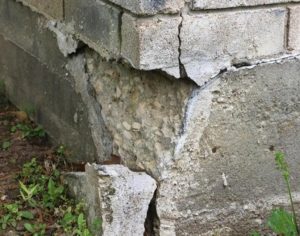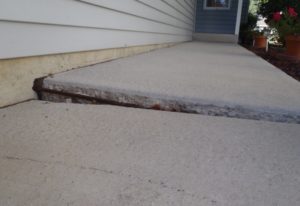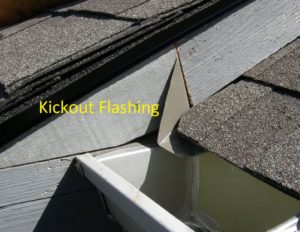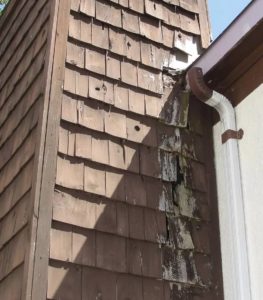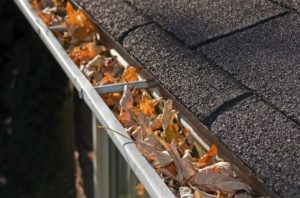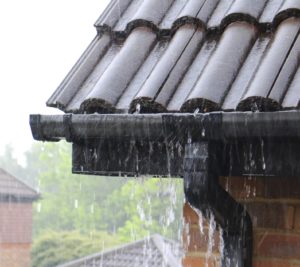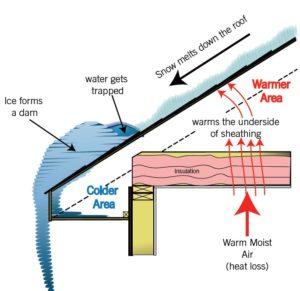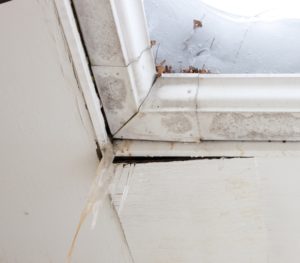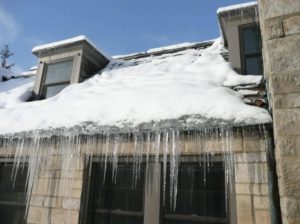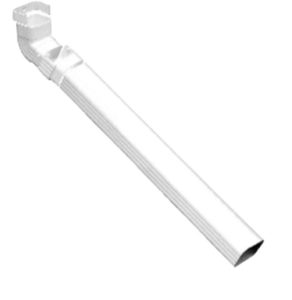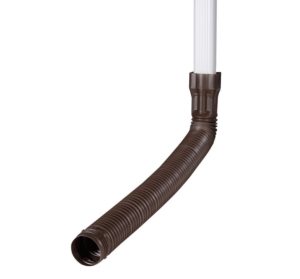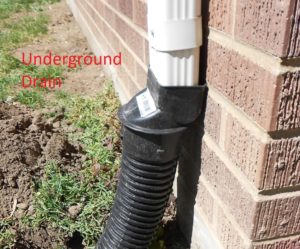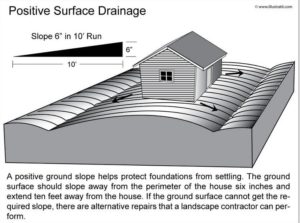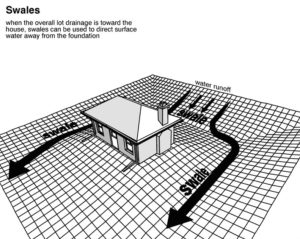Spring is around the corner – Yay!
I know it may not feel like it, but it is. Time marches on, and all that!
It’s time to move forward on some of those projects you have been putting off – both inside and outside the home. Let me know if I can help!
But one project may have escaped your notice. Drainage! Yes drainage! Not very exciting, but definitely a worthwhile endeavor.
As an inspector I see a lot of homes, and the damage poor drainage can cause. Sunken and cracked sidewalks, porches, driveways, foundation, and deteriorated siding.
Water is the number one enemy facing homeowners today. And if not managed properly, water will cause damage to your home.
Here are some tips with regard to water management.
Kick Out Flashing
You ask, What is a kick out flashing? Well, it kicks water out into the gutter instead of running down your siding, which could create a ghastly mess. Good roofers install them, good inspectors look for them, homes need to have them. Where the end of a roof gutter meets building siding, it is possible, and probable, that some water will not make it into the gutter, but will soak your siding instead. Over time this could cause damage to your siding and the structure behind it.
Properly Slanted and Clean Gutters
Water runs downhill, as we all know. Then why do I find gutters that are slanted in the wrong direction. I don’t believe it is a science experiment. After all, gravity is a well known law. The problem is obvious – water either does not drain, or it overflows the gutter where it should not, causing damage below.
Alleviate Ice Dams
Water builds up behind a dam if ice at the edge of the roof. The roof edge and gutter are frozen largely because the snow melts prematurely (and re-freezes) due to the attic being too hot. The attic is too hot because it is not insulated well enough to keep the heat out of the attic from the home, and/or the attic is not ventilated well enough. This will damage your roof and cause leaks behind walls.
Extend Downspouts and Ensure Underground Drains are Clear
Water should be deposited 4 to 6 feet away from the home depending on the slope of the ground. If using underground drains, they must remain open. Run a hose down them and see if water comes out somewhere, or if water eventually overflows back out the top. Find the end and keep it clear with rock. If you can’t find the end of a clogged underground drain then vacate it and run drainage above ground.
Correct Flat to Negative Slope Around Home
Just like it sounds, a negative slope is where the ground around the home slopes backwards into the home. Over time the ground around the home may sink and create this phenomenon. Not good! Water will flow towards the home and could pool under the foundation and other structures. The fix – slope the ground the other way and create a contour that will flow water away.




